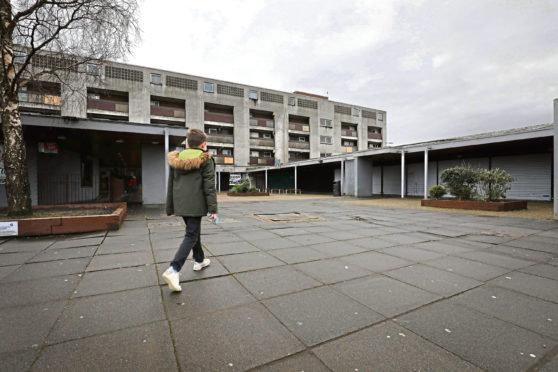Half a million children in the UK live in “extreme hardship” says the Joseph Rowntree Foundation. The SNP respond by blaming Westminster for letting kids down.
“The only way to properly tackle poverty and build a fair and equal Scotland is with the full powers of an independent country,” said the SNP’s shadow works and pensions secretary Neil Gray, who boasts of Scotland’s success at tackling poverty. He can’t have read the Rowntree Foundation’s verdict on Scotland issued in November.
“…Poverty has been rising and we are not on course to meet interim child poverty targets within three years. The child poverty target requires a fall of a quarter in the proportion of children in poverty compared to the latest data, which has increased compared to five years previously.”
A non-party political view of child poverty in the UK is that neither London nor Edinburgh are much cop at tackling it.
This presents a problem for the SNP which has adopted child poverty as the ultimate aim – it is freedom for the children’s sake. Here is Nicola Sturgeon in 2016, in her first Programme for Government after a landslide election win:
“It is a Scotland where child poverty is eradicated,” were her opening words on policy. This can begin, she said, under her devolved government. The evidence from the JRF shows that she has failed. They say more can be done.
“Bold action by both the Scottish and UK governments across work, housing and social security will need to be matched by commitment from employers, housing providers, public services and the third sector,” it states.
Just another piece of hypocrisy from the Scottish government? It is more serious than that. By claiming that independence can end child poverty, they are making a huge promise. Hundreds of thousands of lives are at issue. If the claim lacked substance, it would be an outrage.
An identical target was set by Tony Blair in 1999 for the UK – eradicate child poverty by 2020. This failed, as the JRF figures show, but significant improvements occurred in the early years of the century.
Arguably this was the happy coincidence of national wealth rising as global wealth grew, a government with a big majority and serious politicians, like Gordon Brown. At the time, the SNP did not claim that independence was linked to child poverty, but asserted it was still the only option.
Since Blair’s promise there’s been a financial crash and four more prime ministers, and poverty has increased.
The JRF’s latest report says the worst zone is not Scotland, but the north east of England.
In this same period no government in the world has eradicated child poverty. The Scandinavian countries do better, while many developed nations have appalling rates of deprivation.
To suggest that the “full powers of an independent country” will solve poverty is not supported by the facts.
Statistics show that Scotland spends £2,000 more per head of population than England. The gap has doubled since devolution, most rapidly during the SNP’s time in government. Given the £8 billion in extra Covid resources from Westminster, public spending in Scotland has never been so high.
We seem to have the magic combination of money and concern but after decades of effort we haven’t achieved much. The claim that independence is the missing ingredient seems problematic.
Any reasonable person would find it hard to say with any real confidence that moving from a high-spend regime already committed to child poverty policies to an uncertain spending regime of unknown policy will “eradicate child poverty”.
Yet Mr Gray takes this as a given. I’ve twice been head of policy to the SNP and I could never be so confident on the matter. If he has cracked the problem, he must share his thinking with the rest of us.
He would need to explain why decades of high spending in Scotland has not had the desired effect. What have we done wrong – it will, after all, be the same people in charge of policy after independence as now.
Mr Gray would need to guarantee that spending on poverty will not dip post independence. As the Scottish government shelved its own “economics of independence” project, I’m guessing it’s not confident on that point.
Mr Gray would also need to explain why the devolved Scottish government doesn’t implement all the bold policies the JRF are calling for now. Is independence really the “only way” to fix poverty?
In the Programme for Government in 2016, Sturgeon said: “It (independence) will come about only through hard work, determination, attention to detail, and a belief in what we can achieve together.”
Shamefully, in the five years since then nothing has been produced by the party on child poverty post independence. Literally nothing.
Which leaves me with the horrible thought that Mr Gray and his colleagues are suggesting a link where none exists. And the even more upsetting notion that they are not doing everything in their power now to fix the matter.
Westminster is bad – we get it, but you might want to spend just a little time and effort on why an independent Scotland is good, Mr Gray, you know, for the children.










